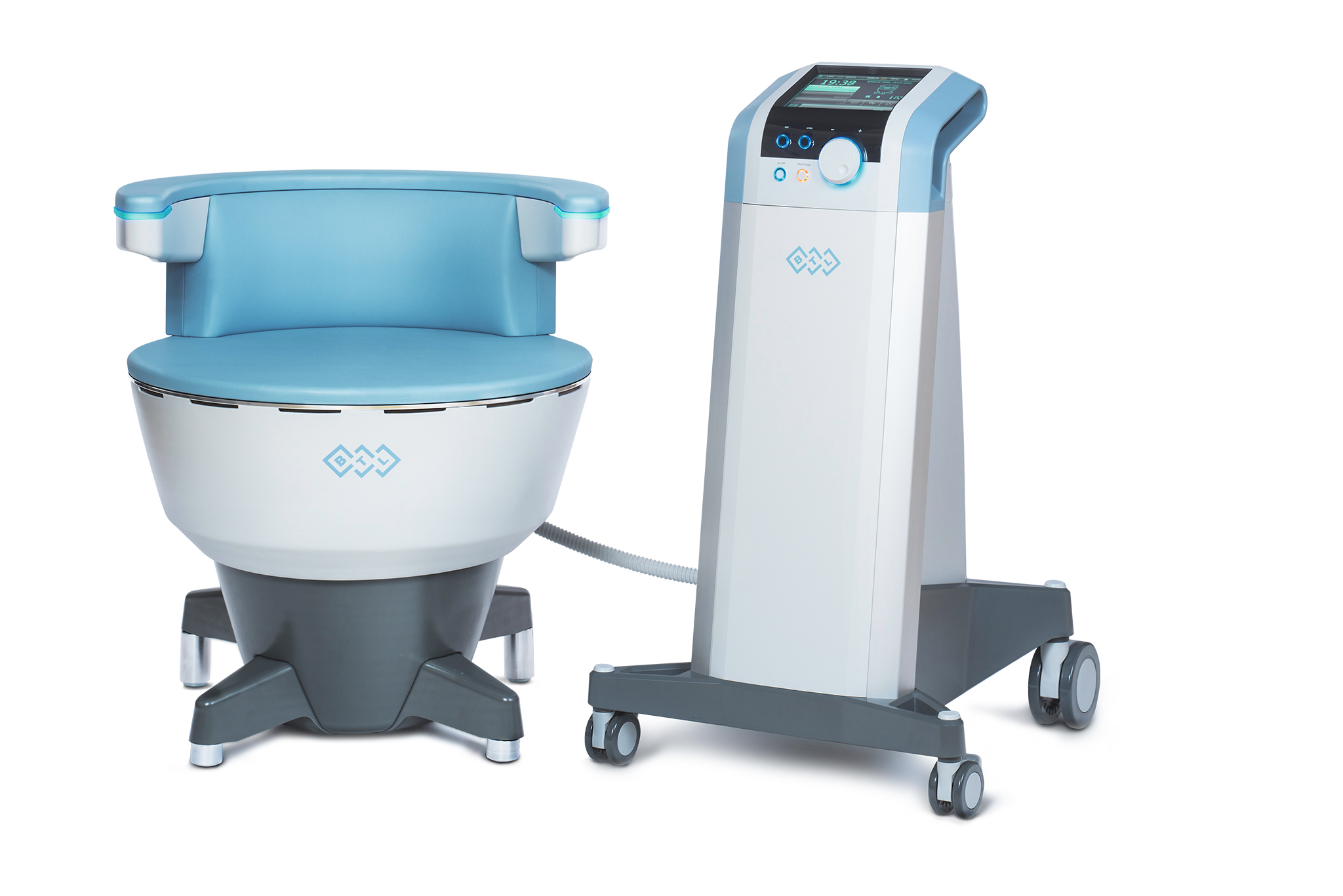
Your Pelvic Physiotherapist will start off by collecting a detailed history of your symptoms. She will then ask about many other potential symptoms that often go with pelvic floor dysfunction. These include questions about sexual function, bladder, bowel, low back, hip and tailbone symptoms. These questions may seem very personal and unrelated, but if there are problems in any of these areas, it is important to tell your therapist as they are often related to pelvic floor dysfunction. Your Pelvic Physiotherapist may ask you to fill out further questionnaires which will give her a better idea of what is contributing to your specific symptoms.
Once your Pelvic Physiotherapist has gathered information about your condition, she will begin a physical assessment. These may vary depending on your symptoms, and may not all be completed on the first visit. The physical assessment may include assessment of your low back, SI joints, connective tissue of the abdomen and thighs, and a pelvic floor assessment. A pelvic floor assessment involves an internal exam looking for trigger points in the pelvic floor, and assessing the strength of the pelvic floor.
Once your Pelvic Physiotherapist has completed her examination, she will explain her findings to you. She will give you exercises or other homework to do, and explain how often you should return for treatment. She will explain what changes you should expect to see, and how long you should expect your treatment to take. She will give you time to ask questions.


